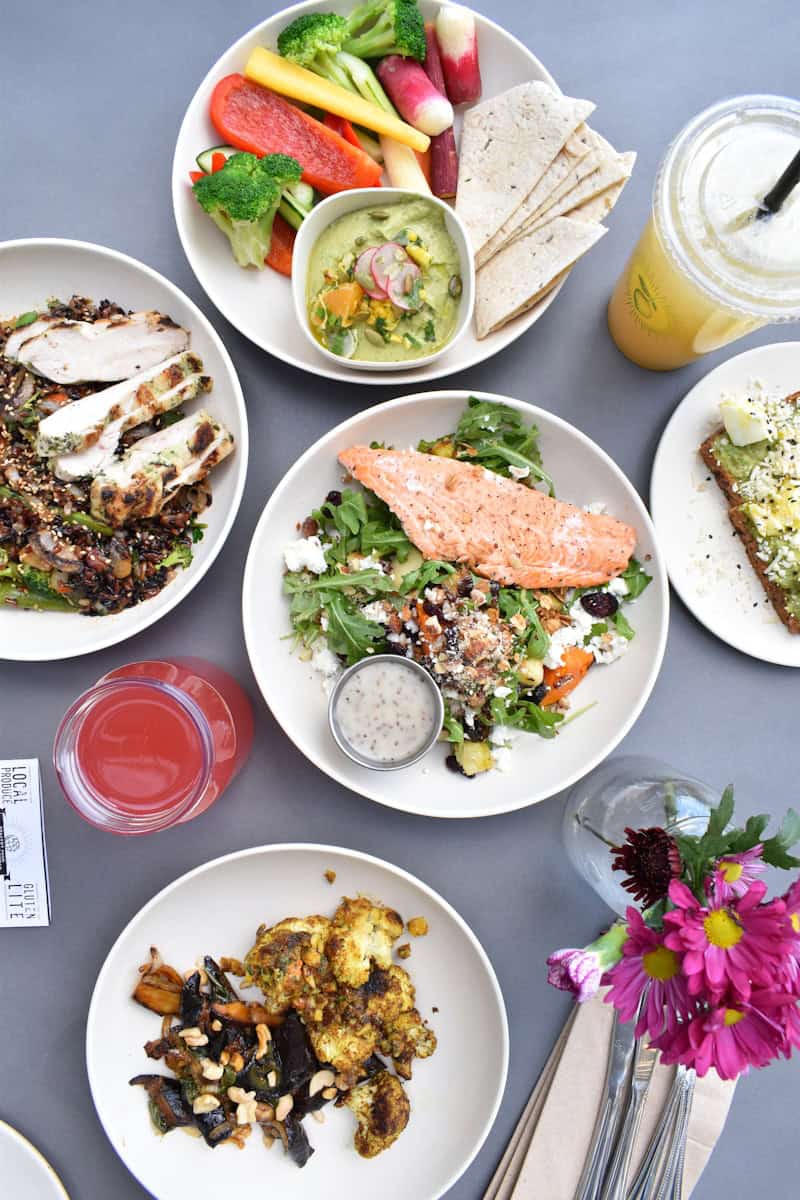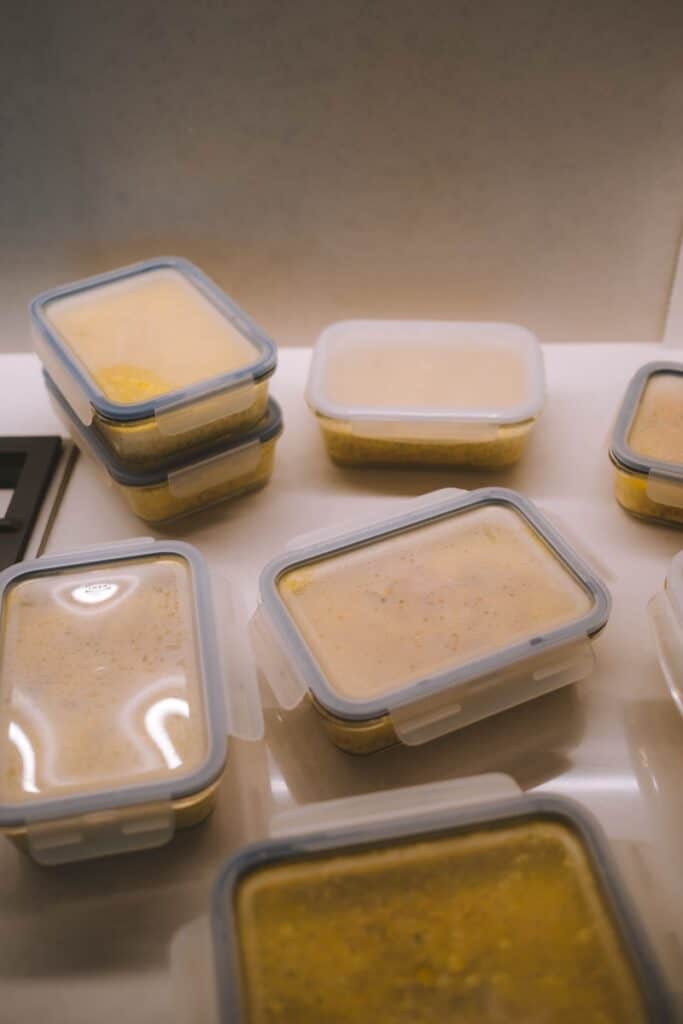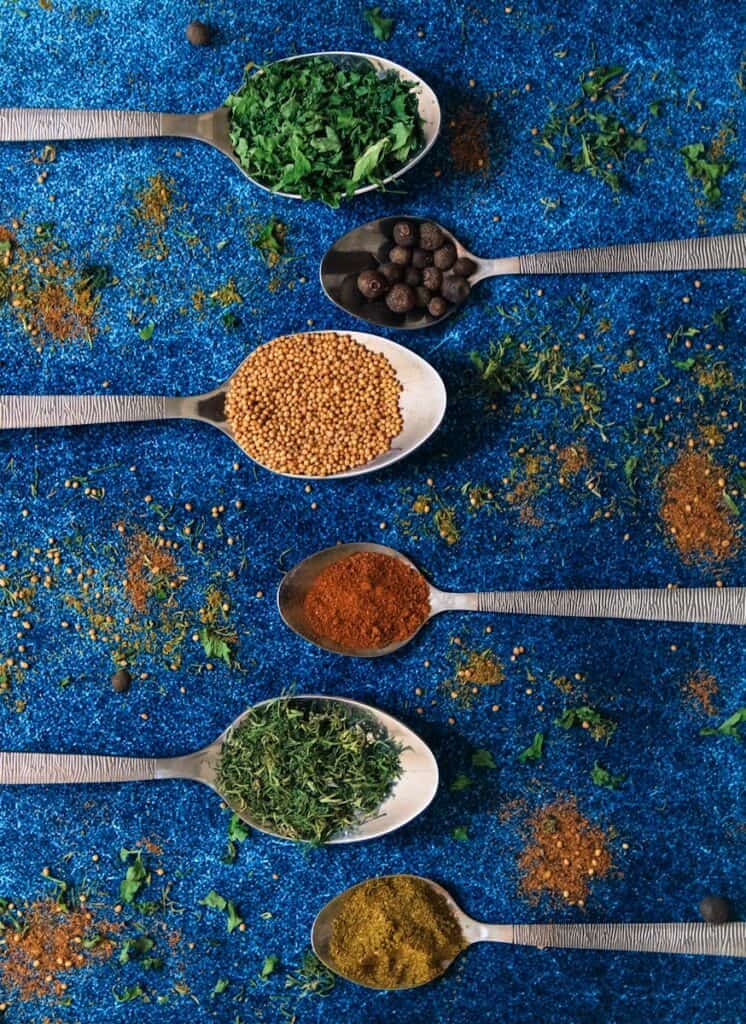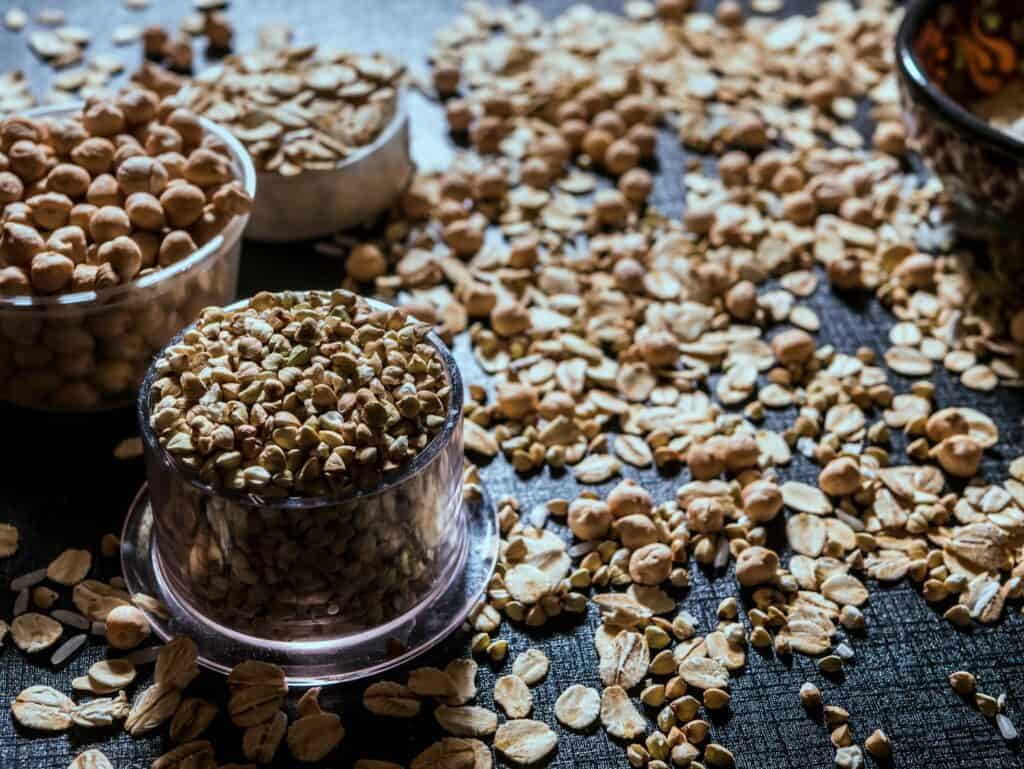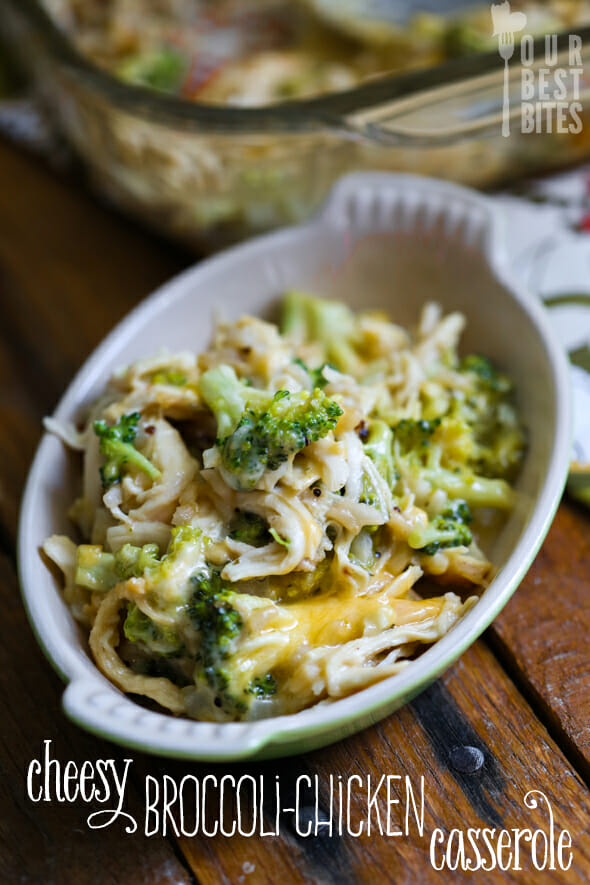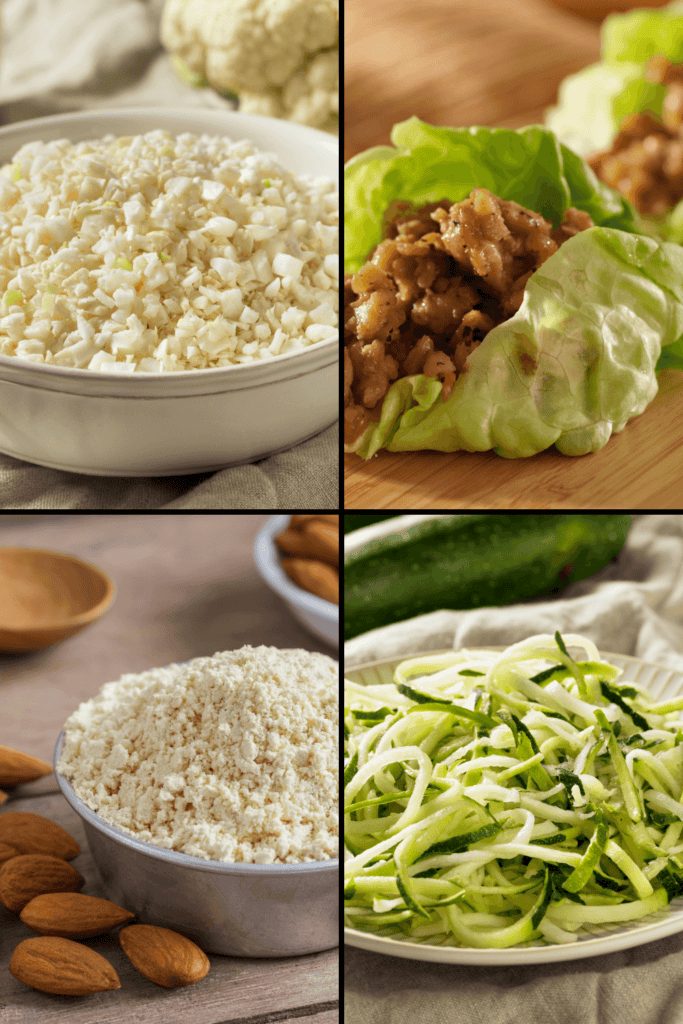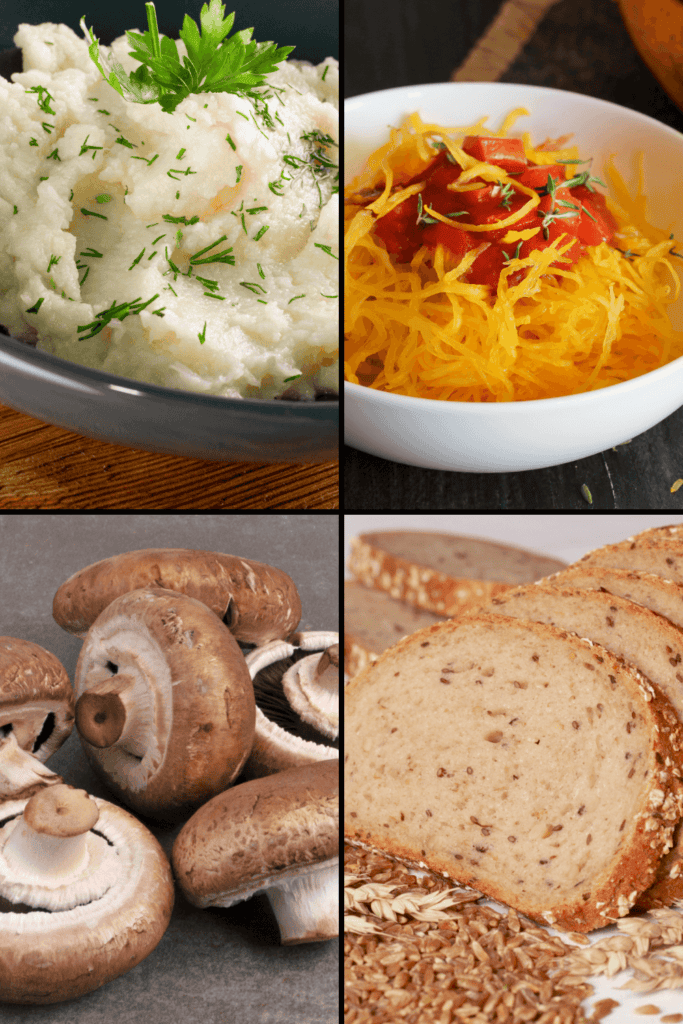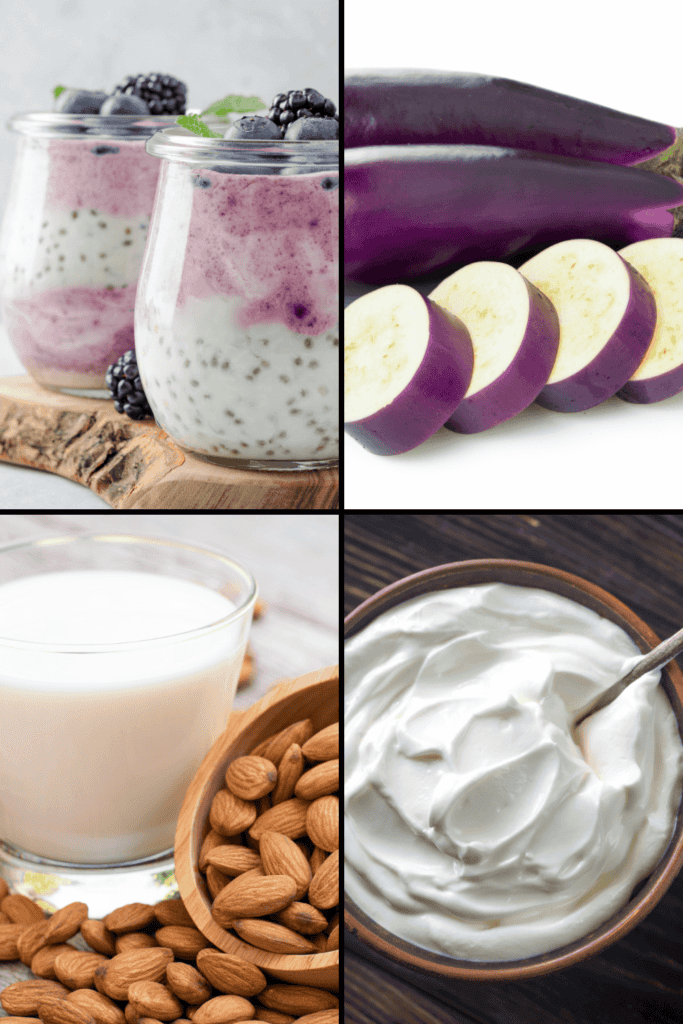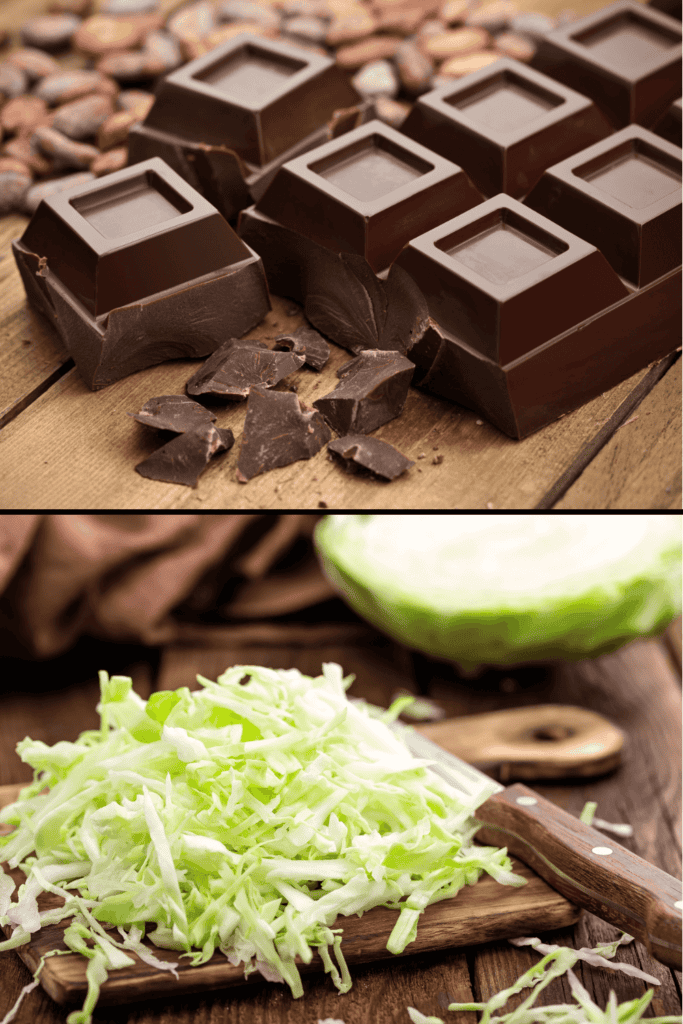Low-carb versus Mediterranean diet, which is preferable? Both nutritional scenarios are promoted owing to their health benefits, but their nutritional philosophies were vary.
A low-carb diet reduces carbohydrate intake while focusing on protein and healthy fats. While for the mediterranean counterpart reinforces whole foods, healthy fats, and balanced macronutrients.
The debate over superiority pertains to personal aims, schedules, and health conditions. In this blog we’ll discuss the nutritional considerations, benefits, sustainability, and considerations behind both diets so that an educated inference can be made.
Nutritional Components
Comparison Table
| Feature | Low-Carb Diet | Mediterranean Diet |
|---|---|---|
| Carbohydrate Focus | Limited (below 50g in strict versions) | Includes whole grains, legumes, and fruits |
| Protein Sources | Meat, fish, eggs, dairy | Fish, poultry, beans, moderate dairy |
| Fat Sources | Avocados, nuts, olive oil | Olive oil, nuts, fatty fish |
| Macronutrient Ratio | High fat, moderate protein, low carb | 40% carbs, 30% fats, 30% protein |
| Food Restrictions | Avoids bread, pasta, sugar, starchy foods | Few restrictions, promotes balance |
Low-Carb Diet
A low-carb diet limits carbohydrate intake, focusing on protein and fats for energy. The goal is to reduce insulin spikes, which can promote fat loss and better metabolic health.
Carbohydrate consumption typically falls below 50 grams per day in strict versions like keto, while moderate plans allow up to 150 grams.
Protein sources include meat, fish, eggs, and dairy, while healthy fats come from avocados, nuts, and olive oil. Starchy foods, including bread, pasta, and sugar, are restricted.
Instead, low-carb vegetables like spinach, broccoli, and cauliflower provide fiber and nutrients without raising blood sugar significantly.
Mediterranean Diet
The Mediterranean diet centers on nutrient-dense whole foods with a focus on heart-healthy fats. Olive oil, nuts, and fatty fish supply omega-3s, which support brain and cardiovascular health.
And unlike low-carb plans, this diet includes whole grains, legumes, and fruits, providing a steady source of fiber and complex carbohydrates.
Protein intake comes from fish, poultry, beans, and moderate dairy. The macronutrient balance tends to be about 40% carbohydrates, 30% fats, and 30% protein, promoting steady energy levels and long-term health benefits.
Health Benefits

Low-Carb Diet
While many people choose a low-carb diet for weight loss because it’s help reducing carbohydrates can lead to lower insulin levels, encouraging fat burning.
Studies show that low-carb diets help regulate blood sugar, making them ideal for those with type 2 diabetes or insulin resistance.
Additionally, this diet can improve lipid profiles by raising HDL (good cholesterol) and lowering triglycerides, reducing the risk of heart disease.
However, some may experience initial fatigue, known as the “keto flu,” when adjusting to lower carbohydrate intake.
Long-term adherence can also be challenging, and restrictive carb intake may lead to deficiencies in essential vitamins and minerals like magnesium and potassium.
Mediterranean Diet
The Mediterranean diet is widely recognized for its heart-protective benefits. The high intake of antioxidants from fruits, vegetables, and olive oil helps reduce inflammation, which is linked to chronic diseases.
Research also suggests that following this diet can improve cognitive function, lowering the risk of neurodegenerative conditions like Alzheimer’s.
Unlike low-carb diets, which may cause an initial drop in energy, the Mediterranean diet provides a steady source of nutrients that support overall well-being without drastic dietary restrictions.
However, some individuals may struggle with portion control, particularly with calorie-dense foods like nuts and olive oil, which can lead to weight gain if not consumed in moderation.
Sustainability and Longevity
Low-Carb Diet
While effective for weight loss and blood sugar control, a low-carb diet can be challenging to maintain. Social situations, cravings, and meal variety may pose difficulties, especially for those accustomed to carb-heavy foods.
Long-term effects are still debated, with concerns about nutrient deficiencies if not properly balanced. Some people find it difficult to stick with this approach for years, making sustainability a concern.
Real-World Example
A 2021 study followed a group of individuals who adopted a low-carb diet for two years.
While many reported initial weight loss and improved blood sugar levels, about 40% found it difficult to maintain due to social constraints and limited food choices.
Those who succeeded in long-term adherence incorporated more non-starchy vegetables and healthy fats to maintain variety.
Mediterranean Diet
The Mediterranean diet is easier to follow for many because it doesn’t require strict restrictions. The variety of foods makes it enjoyable and culturally adaptable.
Studies suggest that populations following this diet have longer life spans and lower rates of chronic disease. Its balance of macronutrients and focus on whole foods contribute to long-term sustainability and overall health benefits.
Case Study
A well-documented case from the Blue Zones, where people live significantly longer than average, highlights the sustainability of the Mediterranean diet.
Communities in Greece and Italy who follow this diet consistently exhibit lower rates of cardiovascular disease and cognitive decline.
Researchers attribute their longevity to a combination of dietary habits, social engagement, and physical activity, reinforcing the Mediterranean diet’s practical, long-term benefits.
Considerations for Special Populations:

Low-Carb Diet
For athletes engaged in strenuous activities, carbohydrates are the body’s main fuel source, therefore cause low energy levels. While other athletes may adapt to it by using fat as their primary energy source and become ketogenic-adapted.
While for diabetics, carbohydrate restriction is a double-edged sword: it may stabilize blood sugar levels but may also require considerable vigilance to avoid hypoglycemia, especially among those taking meds.
Mediterranean Diet
The vegetarians and vegans easily find this diet handy as it solicits the use of plant-based proteins like beans, lentils, and nuts.
This diet is also useful to elderly people because of its anti-inflammatory benefits and cognitive support. The versatility of the diet is worthy of investment for anyone wanting healthy eating practices for the long term.
Common Myths & Misconceptions
Low-Carb Diet
A common myth is that a low-carb diet causes ketoacidosis, a dangerous condition seen in diabetics. However, nutritional ketosis is a controlled metabolic state and not the same as ketoacidosis.
Another misconception is that this diet leads to nutrient deficiencies. When properly planned, a low-carb diet includes plenty of micronutrient-rich foods like leafy greens, nuts, and seeds.
Mediterranean Diet
Some believe the Mediterranean diet is unhealthy due to its fat content. However, the fats emphasized in this diet, such as olive oil and omega-3s, are beneficial.
Another common myth is that this diet is expensive. While fresh seafood and specialty ingredients can be costly, many staples like beans, whole grains, and vegetables are budget-friendly.
Practical Tips and Guidelines
Low-Carb Diet
Meal planning helps maintain variety and ensure nutrient intake, simple swaps like replacing rice with cauliflower rice or using zucchini noodles instead of pasta can make sticking to a low-carb diet easier.
Healthy snack options include nuts, cheese, and hard-boiled eggs, preventing hunger and cravings.
Sample Daily Menu
- Breakfast: Scrambled eggs with spinach and avocado
- Lunch: Grilled chicken with roasted cauliflower and mixed greens
- Dinner: Baked salmon with asparagus and a side of zucchini noodles
- Snacks: Almonds, cheese cubes, or Greek yogurt
Mediterranean Diet
Following the Mediterranean pyramid can serve as a guide for meal composition. Cooking techniques such as grilling, roasting, and using olive oil instead of butter enhance flavor without sacrificing health benefits.
Herbs and spices add depth to dishes, reducing the need for excess salt and processed seasonings.
Sample Daily Menu
- Breakfast: Greek yogurt with honey, walnuts, and berries
- Lunch: Grilled salmon with quinoa and a Mediterranean salad
- Dinner: Lentil soup with whole grain bread and a side of grilled vegetables
- Snacks: Hummus with cucumber slices, mixed nuts, or fresh fruit
Personalization and Flexibility
No single diet fits everyone perfectly. Personal preferences, health conditions, and lifestyle factors should influence your choice.
Combining aspects of both diets usually works for people, such as having healthy fats but moderating carbohydrates. Successfulness comes through a well-balanced between enjoyment and sustainability, which is key.
Expert Insights
Recent research underscores the importance of personalizing a diet for diet success.
A 2022 study published in The American Journal of Clinical Nutrition showed that long-term adherence to a diet and subsequent health benefits were attained when dietary prescriptions were based upon genetic and metabolic markers.
Experts suggest that the ideal approach is personalizing based upon the gut microbiome, insulin sensitivity, and level of activity; for both low-carb and Mediterranean diets, results are maximized.
While dietitians recommend experimenting with both diets and tracking how they impact energy levels, digestion, and overall well-being.
Consulting with a healthcare professional or using modern nutrition-tracking tools can help fine-tune a plan that aligns with personal needs and goals.
Conclusion
Both the low-carb and Mediterranean diets offer unique health benefits, but the best choice depends on your personal goals and lifestyle.
If you aim for quick weight loss and better blood sugar control, a low-carb diet may suit you. If long-term heart health and flexibility are your priorities, the Mediterranean diet could be the better fit.
What matters most is finding a diet that you can stick with while enjoying the foods you eat.
